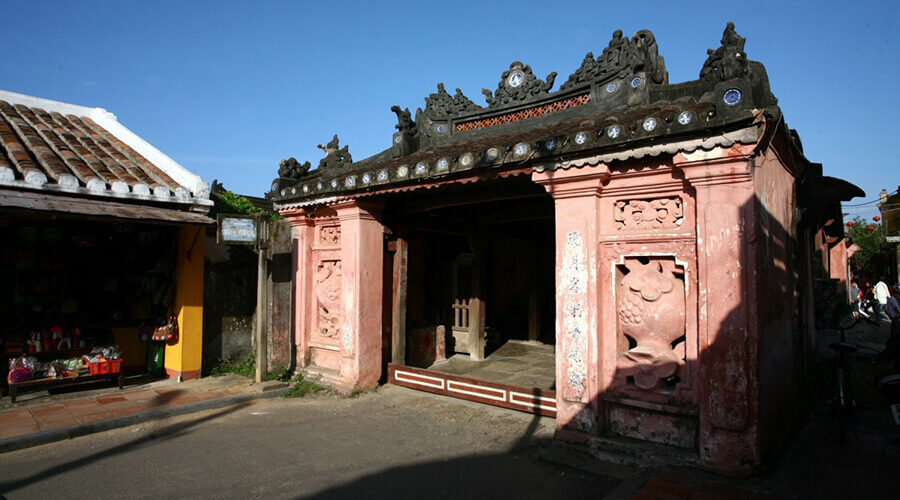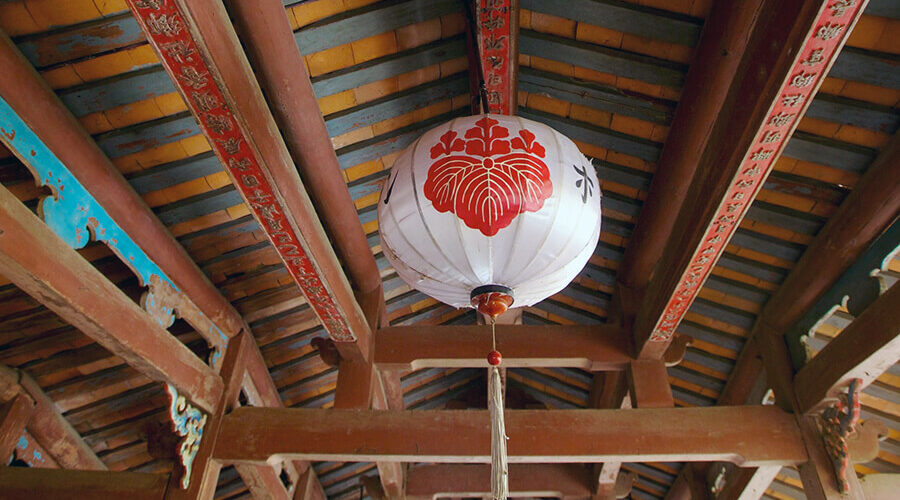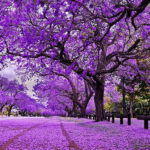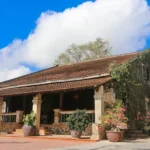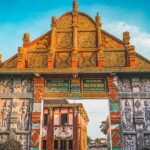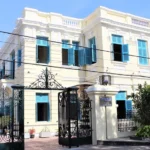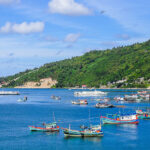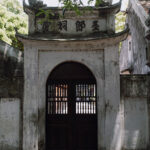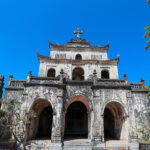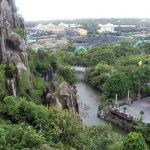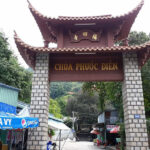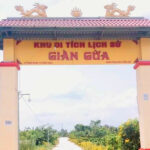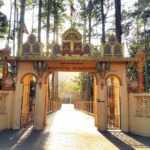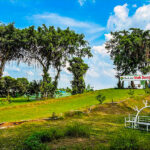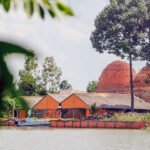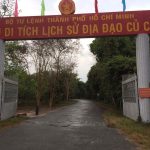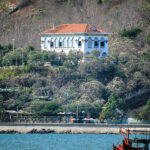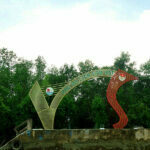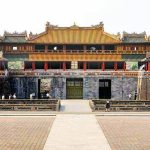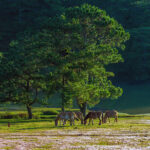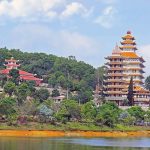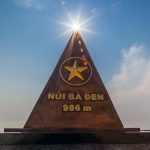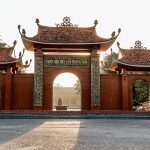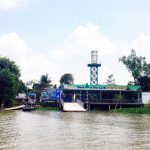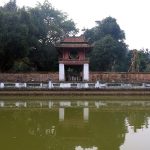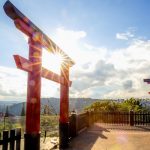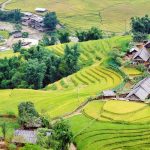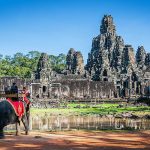Japanese Bridge or Japanese Covered Bridge (Vietnamese: chùa Cầu) has a history of more than 400 years and is considered a symbol of the prosperity of the ancient land of Hoi An. This place has architecture that intersects many cultures from Vietnam – China – Japan with extremely expensive details. To learn more, let’s learn a little about this priceless historical place with Vietdreamtravel!
General information about Japanese Bridge
The Japanese Bridge is an ancient bridge connecting Tran Phu and Nguyen Thi Minh Khai streets, the main roads in southwest of Hoi An ancient town. The bridge spans a small creek connecting to the Hoai River.

The bridge was originally built by Japanese merchants around the mid-16th century, so it is also called the Japanese bridge. According to the legend, the structure was a reassure for the Namazu – a sea monster with a head in India, a body in Vietnam and a tail in Japan; every time Namazu moved, it caused floods and earthquakes in these area.
In 1653, a temple was built on the northern slope of the bridge, so the bridge was called Chùa Cầu (meaning Pagoda & Bridge), however, it has not worshiped any Buddha. In 1719, Lord Nguyen Phuc Chu visited Hoi An and named the bridge “Lai Vien Kieu”, meaning “Bridge to welcome guests from afar”.

In 1817, 1865, 1915, 1986, the temple was restored and Japanese architecture was replaced with bold Vietnamese – Chinese designs. On February 17, 1990, Japanese Bridge in Hoi An was recognized as a national historical and cultural relic.
- Address: 186 Tran Phu, Minh An Ward, Hoi An, Quang Nam
- Opening hours: Morning: 9:00 a.m. – 11:00 a.m. – Afternoon: 3:00 p.m. – 10:00 p.m.
- Entrance ticket: 100,000 VND/person/adult.
Explore the unique of Japanese Bridge
The Japanese Bridge has about 18 m long, about 3 m wide; a mixture of Japanese, Chinese and Vietnamese architecture. The bridge structure according to plan consists of 3 main parts: the two ends of the bridge and the middle part of the bridge body.

Each end of the bridge on both sides is built of brick with 3 spans, the middle bridge has 5 spans placed on brick pillars inserted into the water. All of the building’s frame systems are made of wood, and there are 3 roof systems corresponding to the 3 bridge parts.

In the middle of the bridge is the entrance to the “Pagoda”. It’s called a “Pagoda”, but in fact, it doesn’t worship Buddha but worships Xuanwu – a revered deity in Chinese religion, also one of the higher-ranking deities in Taoism who specializes in controlling storms and floods, protecting the country, and bringing joy and happiness to people according to Chinese beliefs.


The statue of Xuanwu in Japanese Bridge
Above the entrance to the altar room is a sign with the three words “Lai Vien Kieu”. Under the sign there are two door eyes, a bold architectural detail of Hoi An.

The wooden frame systems adapt to the curved shape of the bridge. On some trusses and roof rafters there are embossed Chinese characters. In addition, many stone steles recording the history of the project and Hoi An are preserved in the Japanese Bridge.

The building’s roof is covered with yin and yang tiles, with sophisticated decorative details on the ridge and flowing banks. In particular, there are blue glazed ceramics inlaid on the roof.

At both ends of the bridge there are statues of spirit monkey (right) and dog (left). These are considered the pair of mascots that guard and protect Japanese Bridge and are solemnly worshiped.

The origin of these mascots is unknown. There is a theory that monkeys and dogs represent the time of bridge construction.
In particular, in 1990, Japanese Bridge was recognized by the state as a national historical-cultural relic and its image is depicted on 20,000 VND banknote.

Source: collected by An
Follow us for the best deal with Vietnam package tours and visa services!



